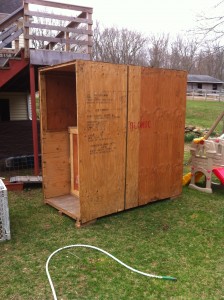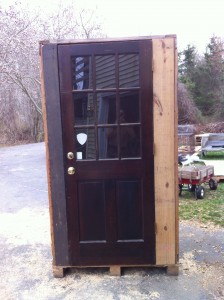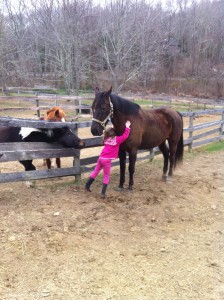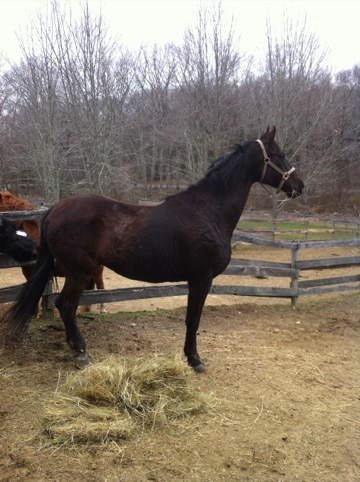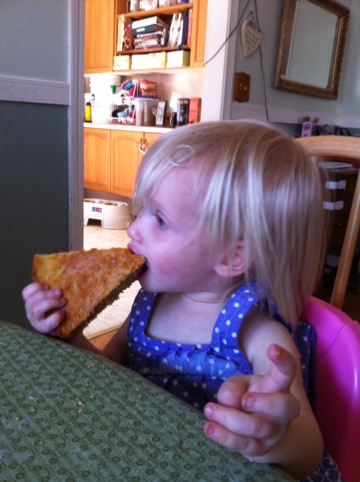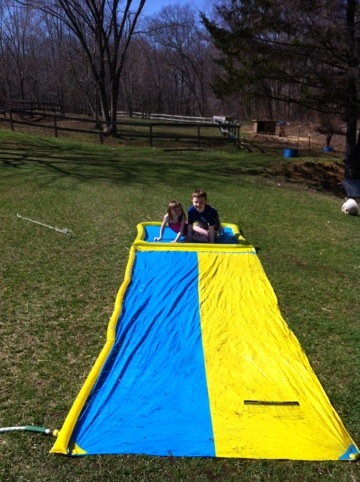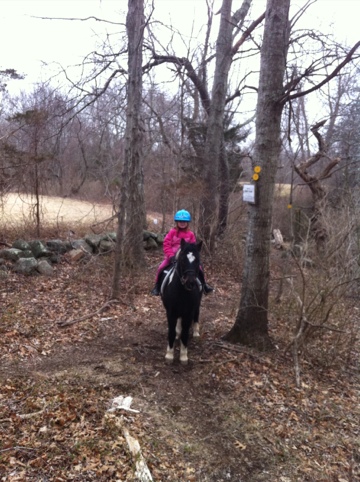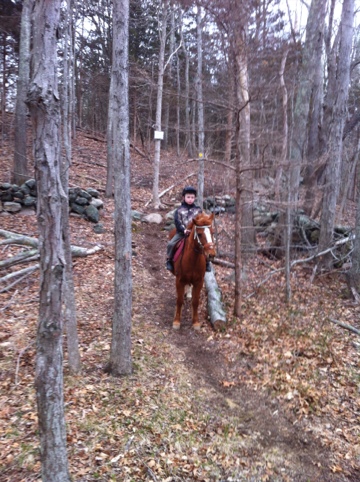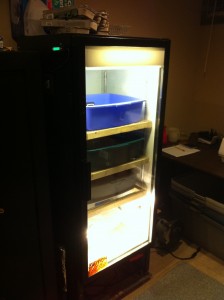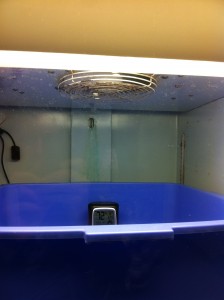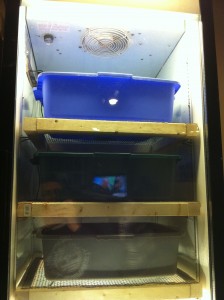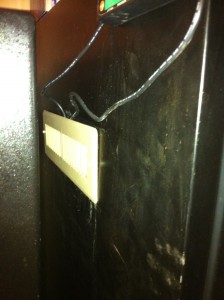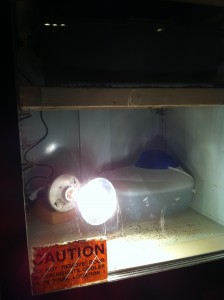Since the base was having a “big drill” last week, the Nautilus Museum was closed Thursday and Friday so I had the day off. Of course, we are always behind on the list of farm projects, so it seemed like a great time to catch up (a little). In fact, I have yet to meet a farmer who feels everything is just right and caught up on their farm…
The biggest project for the weekend was goat fencing. I hired 2 high schoolers to work for me Thursday, Friday, and Saturday because I needed the extra hands. My neighbor Tim has a large backhoe that he brought down to remove a couple of stumps for me. After that, I put up 1 long stretch of fence to create a corridor between the horses and goats. Now we can easily go back and forth across the bottom of the property. Of course, that 12′ wide by 180′ long corridor can also be used as a grazing area for ponies, calf, etc. Then I built a fully contained by field fence kid area inside the goat pen. I’ll explain why.
When a doe has kids, the kids get all of momma’s milk for the first 2 weeks. After that, we start to isolate the kids at night so we can milk the doe in the morning. For Betty’s kids, we just locked them in the kidding stall at night. However, since Maggie is due this week, we needed a better/larger solution. Now, our 30’x30′ kid pen can be used as the overnight isolation area. I’m sure it will get lots of other use too.
As I have discussed before, we like to recycle as much as possible. I have previously posted about recycling pallets into goat shelters and chicken coops. Last week when I went to get another load of pallets, I found out the moving company that supplies us is going out of business. Bad news for them, but good for us because they are emptying out their warehouses. That means I was able to get 4’x4′ wood crates and 7’x7′ shipping crates. Add a recycled door, and what do you have? How about a storage shed for the rabbitry. Now all of the rabbit supplies, feed, hay, etc are conveniently located next to the cages (it just needs some paint).
Of course, we had people coming and going all weekend. Some were here to buy chicks, while other were just here to meet us or catch up. For example, we placed an ad in the North Stonington Bulletin Board classifieds. Some neighbors a couple of miles away saw the ad and found our page. It turns out they have a very similar mindset with slightly different focus. Check out this blog to learn more about Morning Star Meadows Farms and their Icelandic Sheep! You can also see what other blogs we like on the right side of our home page.
And there was one other little thing. Turbo. We were waiting to get serious about finding a new horse for me until we placed Cinder in a new home. Well, on Wednesday Cinder went to a new home. On Friday, I test rode Turbo. And Sunday morning, I brought him home on a 30 day trial. I never have been very patient. Vicki approves.
It’s good to be crazy.

